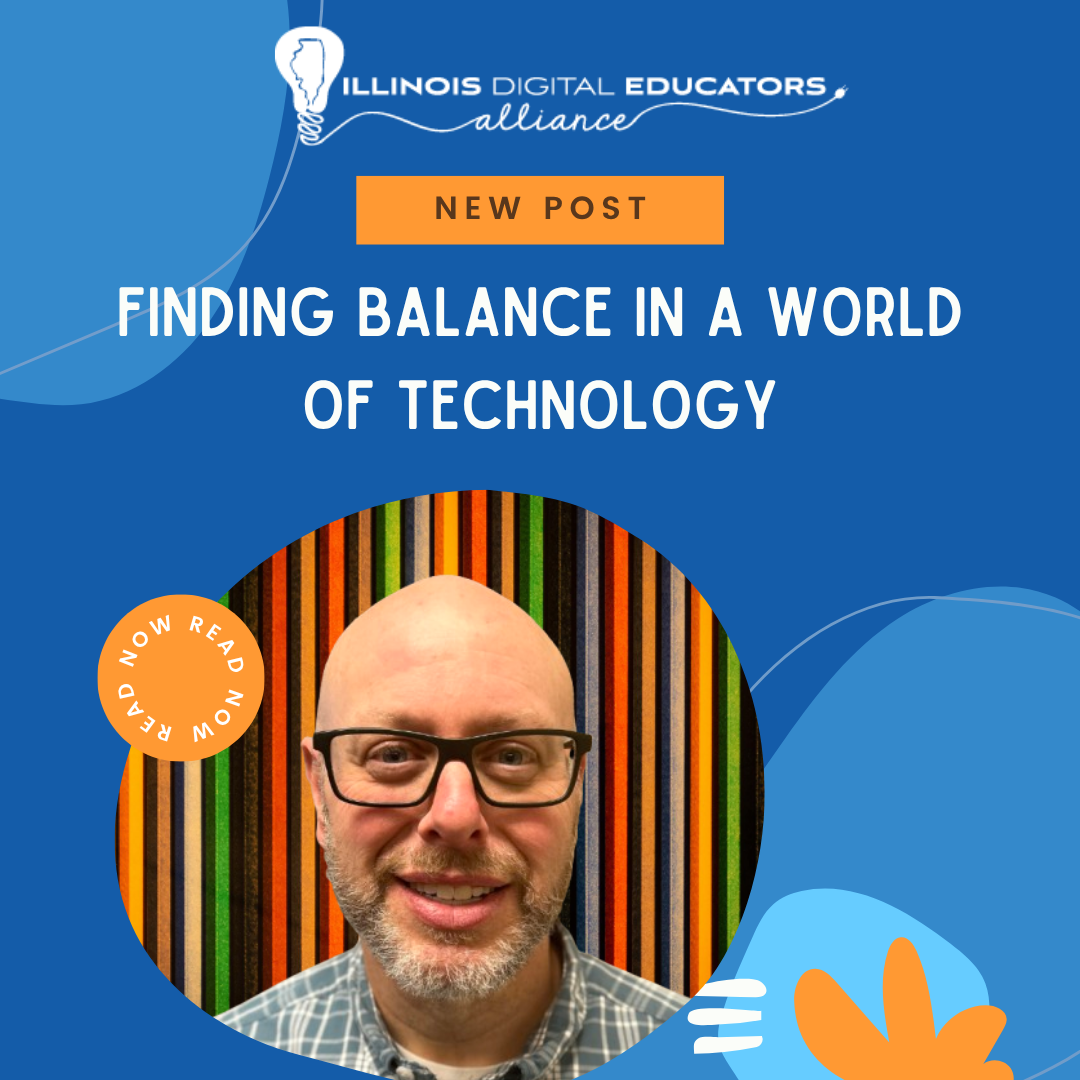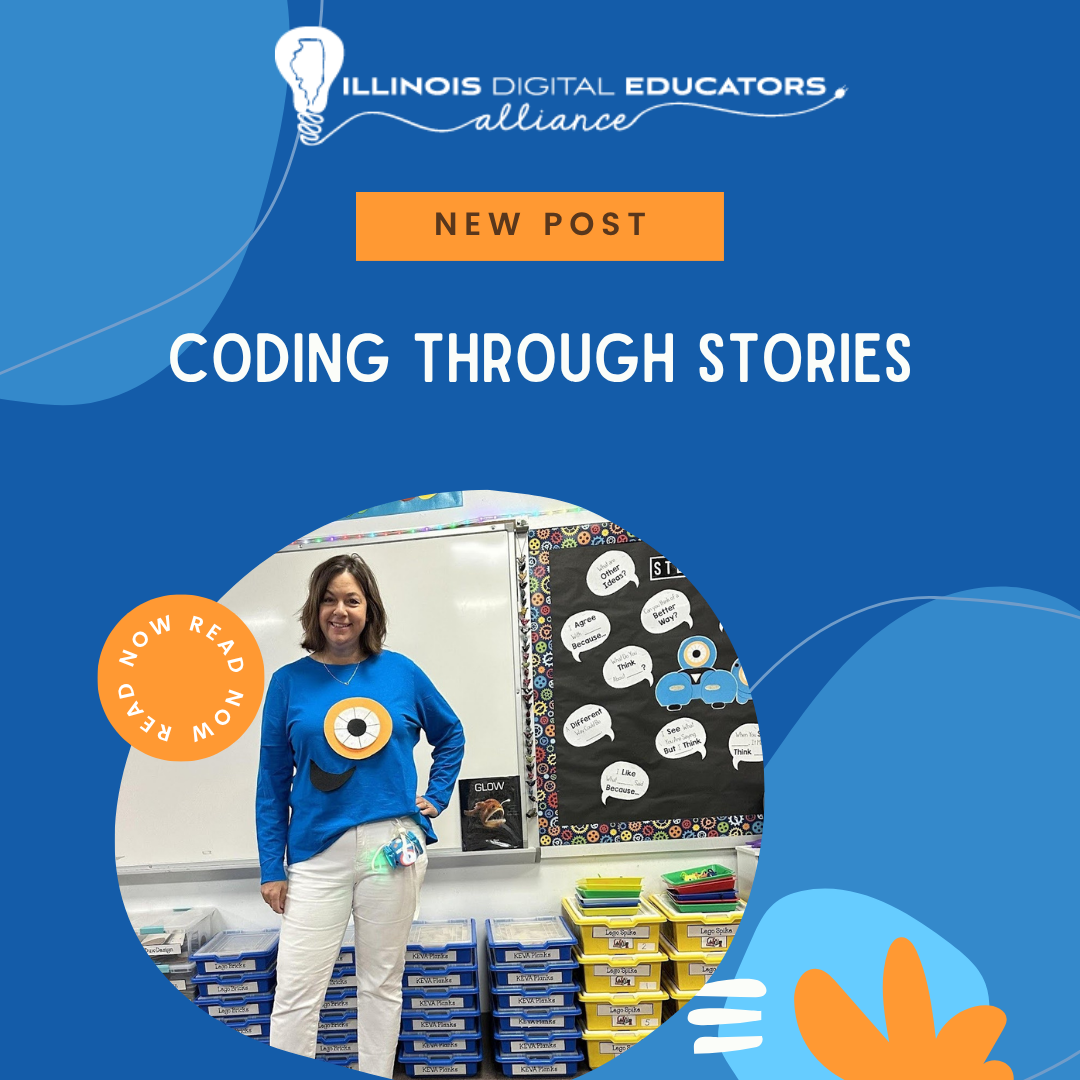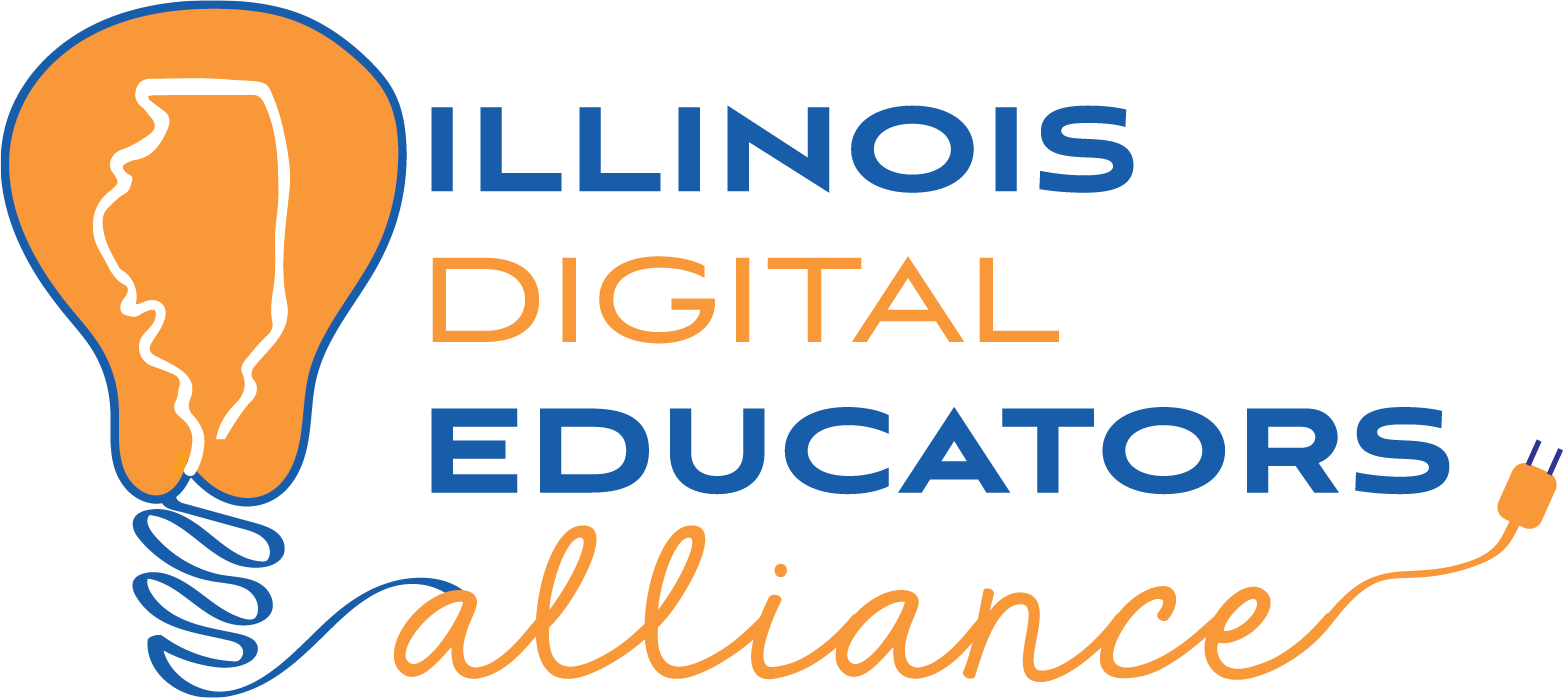Teaching Insights from Seasonal Stories: Renew Your Passion This Winter Break
As winter break approaches, I find myself reflecting on the past school year while also planning ways to recharge and return to school refreshed for 2025. One tradition that always helps me reset during this time is revisiting three of my favorite seasonal classics: A Christmas Carol, A Charlie Brown Christmas, and It’s a Wonderful Life.
Despite having watched them countless times, these stories continue to offer fresh insights, whether it’s through a new perspective on a character or a deeper understanding of a theme. Each film beautifully embodies three timeless lessons we can all benefit from: the power of reflection, the importance of gratitude, and the opportunity for growth.
Power of Reflection
To truly recharge, we often need to take a step back and reflect on where we’ve been and what we’ve accomplished. A Christmas Carol offers a powerful example of this. When Scrooge is visited by the Ghost of Christmas Past, he’s forced to confront the trauma of his lonely childhood and the relationships he lost along the way. This moment of reflection sets the stage for his transformation.
In my nearly 20-year career in education, I’ve had my own moments of reflection. Thinking back to my early years, I realize how naïve I was as a new teacher. My focus was often content-driven and, admittedly, tinged with ego. It wasn’t until I left the classroom for nearly five years that I understood the heart of teaching lies in relationships, not just delivering content.
A Charlie Brown Christmas reminds me of the importance of humility and focusing on what truly matters, rather than what the world tells us is important. Like Charlie Brown, who searches for deeper meaning, I’ve had to reframe my perspective over the years. Early in my career, I was determined to make a “big” impact. But as I’ve matured, I’ve come to appreciate the quieter, more personal ways we leave a legacy.
George Bailey’s journey in
It’s a Wonderful Life resonates deeply with me. His story highlights the value of understanding what truly matters and recognizing the sacrifices that are worthwhile. Reflecting on his character, I’ve learned that some sacrifices—especially those that take us away from family and friends—aren’t always worth the cost.

Importance of Gratitude
It’s easy to get caught up in our struggles, but taking a moment to look at our local community, nation, or even the world can put our hardships into perspective. While our struggles are valid, they often pale in comparison to what others may be facing.
During a particularly rough patch in my life, my therapist introduced me to the practice of keeping a gratitude journal. I began writing down one thing I was grateful for every day and sharing it with my wife via text. That simple act of acknowledgment, which started nearly 12 years ago, remains a grounding ritual in my daily life.
In
A Christmas Carol, Scrooge experiences a profound shift in his perspective on gratitude. Watching Bob Cratchit’s family find joy despite their hardships—Tiny Tim’s health struggles and their limited means—teaches Scrooge that gratitude can flourish even in challenging circumstances.
Similarly, Linus’s recitation of the Christmas story in
A Charlie Brown Christmas reminds us to focus on the intangible joys of the season rather than materialism. It’s a powerful moment that encourages thankfulness for love, hope, and togetherness.
In
It’s a Wonderful Life, George Bailey, though disheartened by his perceived failures, learns through Clarence the Angel how deeply his life has touched others. From saving his brother’s life to protecting his community from Mr. Potter’s greed, George realizes that even the smallest actions can have a profound impact.

Opportunity for Growth
As I approach 20 years in education, I recognize that there is always room for growth and transformation. Becoming a better teacher for my students is a continual journey, shaped by reflection and a willingness to change.
In A Christmas Carol, Scrooge’s transformation is a powerful reminder of what reflection can achieve. By confronting his past and present, he evolves from a miserly, greedy man into someone who embraces generosity and actively helps others. His journey underscores the importance of looking inward to inspire outward change.
Similarly,
A Charlie Brown Christmas illustrates the significance of community. When Charlie Brown’s friends gather to decorate his small, stick-like Christmas tree, they demonstrate how genuine kindness and support can turn something seemingly insignificant into a symbol of togetherness and care.

George Bailey’s story in It’s a Wonderful Life highlights another profound transformation. Through his experiences, George comes to understand that his true worth lies in the love he shares with his family and community—not in his accomplishments or ambitions.
As we prepare to close out the year, the timeless lessons from A Christmas Carol, A Charlie Brown Christmas, and It’s a Wonderful Life remind us of what truly matters. Reflection helps us grow, gratitude shifts our perspective, and transformation opens the door to becoming our best selves. These stories inspire us to carry these values forward, not just during the holiday season but throughout the entire year. May we embrace these lessons and return to our work, relationships, and communities renewed and ready for 2025.
Notes:
- Images were created utilizing GPT-4o
- ChatGPT GPT-4o was used to organize and improve the wording of my original thoughts
- ChatGPT GPT-4o created the title of this post

Jeremy is a TEDx Speaker and a high school Computer Science & History Teacher in Effingham, IL. He is also a governing board member of Illinois Digital Educators Alliance (IDEA). Jeremy has earned a Masters in Educational Policy from the University of Illinois and a Masters in Teaching from Greenville University. His goal is to inspire students, teachers and anyone he comes into contact with to be a lifelong learner. Jeremy believes education is the key to solving our world’s problems. In his free time, he enjoys traveling,writing, spending time in coffee shops, and spending time with his family watching old TV shows on Netflix.




